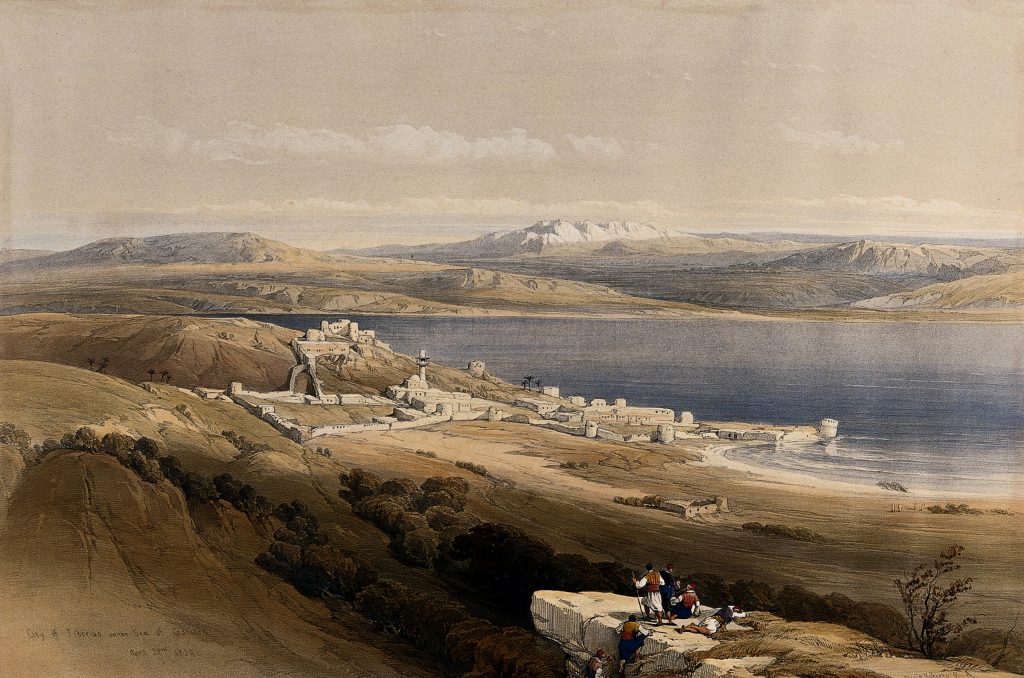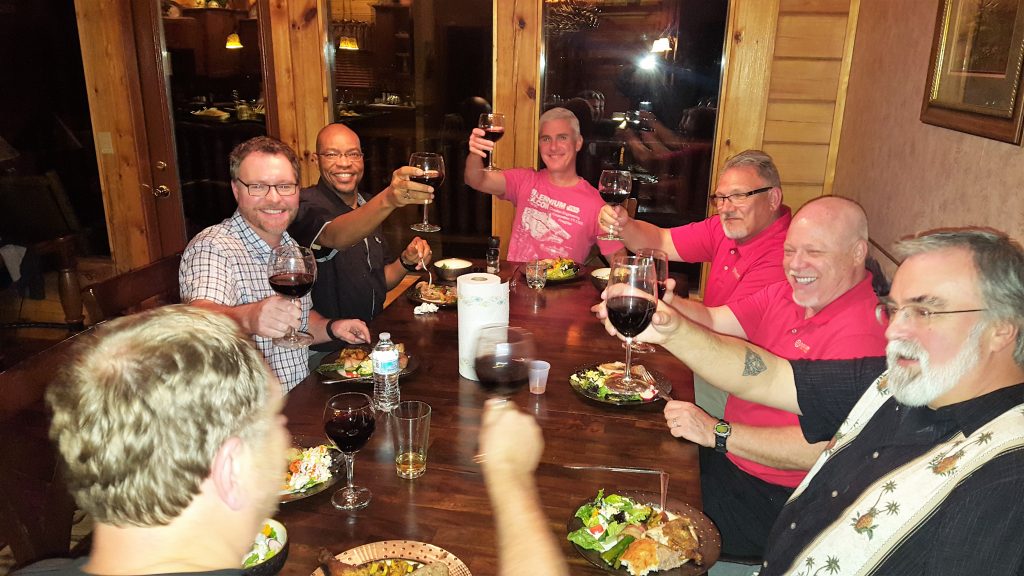Dear pastors and ministry leaders:
We each have unique “wiring” (personality). One of the personality assessments I’ve taken identifies me as a “socializing director” with a “pioneer voice.” That means I tend to attract people, though I like winning even more. Being wired that way, I tend to work long hours and push others to do likewise. Thus to shut down normal operations to go on retreat with part of the GCI-USA Church Administration and Development (CAD) team for three days was outside the norm for me. Yet that is what I did. Near the end of April a group of CAD leaders (including the U.S. Regional Pastors) retreated to a cabin in the Smoky Mountains.
In the military, to retreat is to “move back or withdraw” as a tactic of warfare. In a spiritual context, to retreat is to “charge forward” by withdrawing from everyday activities to focus on prayer and other spiritual practices. One might retreat alone or, as was the case with my CAD team, go on retreat with others.
Jesus often went on retreats—withdrawing to the desert or another “quiet place.” Sometimes he went alone, sometimes with his disciples. On one occasion he issued them this invitation: “Let’s go off by ourselves to a quiet place and rest awhile.” He knew they needed to. So many people were coming and going that they didn’t even have time to eat (Mark 6:31).
I hope you and your team will take time occasionally to “retreat to charge forward.” Here are some things I’ve learned about successful retreats:
1. Find a quiet place with natural beauty
Calling “time out” and getting away from the “noise” of everyday life is greatly needed (even by Jesus, God in the flesh). Jesus’ retreats were often to the quiet beauty of the hills surrounding the Sea of Galilee in the region north of Jerusalem. Years ago I spent a summer in Israel, and I understand why Jesus went there—the lake and surrounding hills in that region are the most peaceful, beautiful and relaxing in all Israel.

Our team on retreat in the Smokies was mesmerized by the beauty of the fog rolling in and settling on the ridges and into the valleys below. In that setting, Psalm 121:1 (KJV) came alive for us: “I will lift up mine eyes unto the hills, from whence cometh my help.”

2. Focus on rest and rejuvenation
The pace of Jesus’ ministry had greatly escalated, but instead of sucking it up and leaning in even harder, the better part of wisdom was to take time away, and that’s exactly what he did, often retreating with his disciples. The focus on these times away was eating and resting. There is something quite rejuvenating about being with close friends and colleagues, especially in the group project of preparing a meal, then dining together at a leisurely pace. In the Smokies the CAD team shared good food and even better conversation. The shared laughter was as nourishing as the food.

3. Reflect, then refocus
Early in Mark 6, Jesus sends his disciples out two-by-two to participate in his kingdom ministry (Mark 6:7). They follow Jesus’ instructions, calling people to repentance, healing those who were sick (Mark 6:13). Later, they return to Jesus to report on their trip (Mark 6:30). Though Mark does not give the details of these reports, it’s safe to say these experiences dominated the conversations at the retreat.
During our time in the Smokies, the Regional Pastors shared what has been occurring in their regions. It was inspiring to hear how the retreat was helping them through a process of group-thinking that included times of open discussion and spontaneous prayer. It was extremely helpful for us to hash over where we are on several ministry projects, making sure our work is aligned with our “Healthy Church” vision. It’s our deep desire that GCI-USA congregations be the very best expression of church they can be. Our work is focused on that vision and mission.
4. Recharge
The space and time provided by a retreat to rest, laugh, bond, and re-focus, adds up to a powerful time of encouragement that recharged us all. We truly did “retreat to charge forward.” That’s far more than a mere slogan—it speaks to the real benefits that a retreat provides. For more about the need to take time in your busy life to recharge, read Rick Shallenberger’s article on the 5 Gears.

Conclusion
The Gospel of Mark records the rhythms of Jesus’ life and ministry. On nine occasions, Mark shows Jesus either going on retreat alone (with the Father), or in the company of his disciples. If this was part of his life’s rhythm, wouldn’t we be wise to make it part of ours?
Retreating on a regular basis is how we rejuvenate, refocus and recharge, so that we can charge forward, participating with Christ, by the Spirit, in the Father’s kingdom-expanding mission. Regarding that kingdom and God’s mission, be sure to read the sermons in this issue.
One final thought: I challenge our pastors to go on retreat in 2017 (and each year) with their leadership team (pastors, ministry leaders, etc.). I encourage them to budget for this retreat, and if they would like some coaching on what a retreat might look like, their RP is happy to assist.
Kingdom forward!
Greg Williams, CAD Director and GCI Vice President



Greetings. I’m enriched by this piece. Please, keep up the good work.